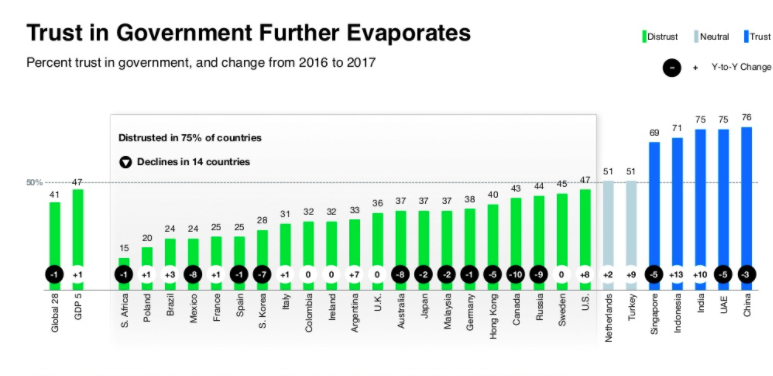- Facebook140
- Total 140
Tufts University offers many courses relevant to civic engagement. The Tisch College of Civic Life makes some of these courses possible each semester, thus contributing to the available opportunities for Tufts students. Here is the list of our supported courses for spring 2018. The topics also indicate some of our research interests. More details are here.
Public Amnesias and Their Discontents
Instructor: Diane O’Donoghue, Tisch College Senior Fellow for the Humanities
Organizing for Social Change
Instructor: Danny LeBlanc, CEO, Somerville Community Corporation
Co-Instructor: Kenneth Galdston, Director, InterValley Project
Massachusetts State Government – Learning While Doing
Instructor: Ben Downing, Former Massachusetts State Senator
New Media, New Politics
Instructor: Robin Liss, Lecturer
The People, Revolution, and Popular Constitution-Making
Instructor: Joshua Braver, Postdoctoral Fellow
Creating Children’s Media
Instructor: Julie Dobrow, Tisch College Senior Fellow for Media and Civic Engagement
Children and Mass Media
Instructor: Julie Dobrow, Tisch College Senior Fellow for Media and Civic Engagement
Social Entrepreneurship, Policy, and Systems Change
Instructor: Scott Warren, CEO, Generation Citizen
Innovative Social Enterprises
Instructor: Julianne Zimmerman, Lecturer, Gordon Institute
Special Topics: Science & the Human Experience
Instructor: Jonathan Garlick, Tisch College Senior Fellow for Civic Science
Dialogue, Identity & Civic Action
Instructor: Jonathan Garlick, Tisch College Senior Fellow for Civic Science
Community Development, Planning, and Politics
Instructor: Lorlene Hoyt, Associate Research Professor, Urban and Environmental Policy and Planning
Technology, Media, and the City
Instructor: Aditi Mehta, PhD Candidate, MIT Department of Urban Studies and Planning
Mass Incarceration & The Literature of Confinement
Instructor: Hilary Binda, Senior Lecturer in Visual and Critical Studies and Director of Women’s, Gender, and Sexuality Studies Program (an Inside-Out™ class composed of Tufts students and incarcerated students in equal numbers)
